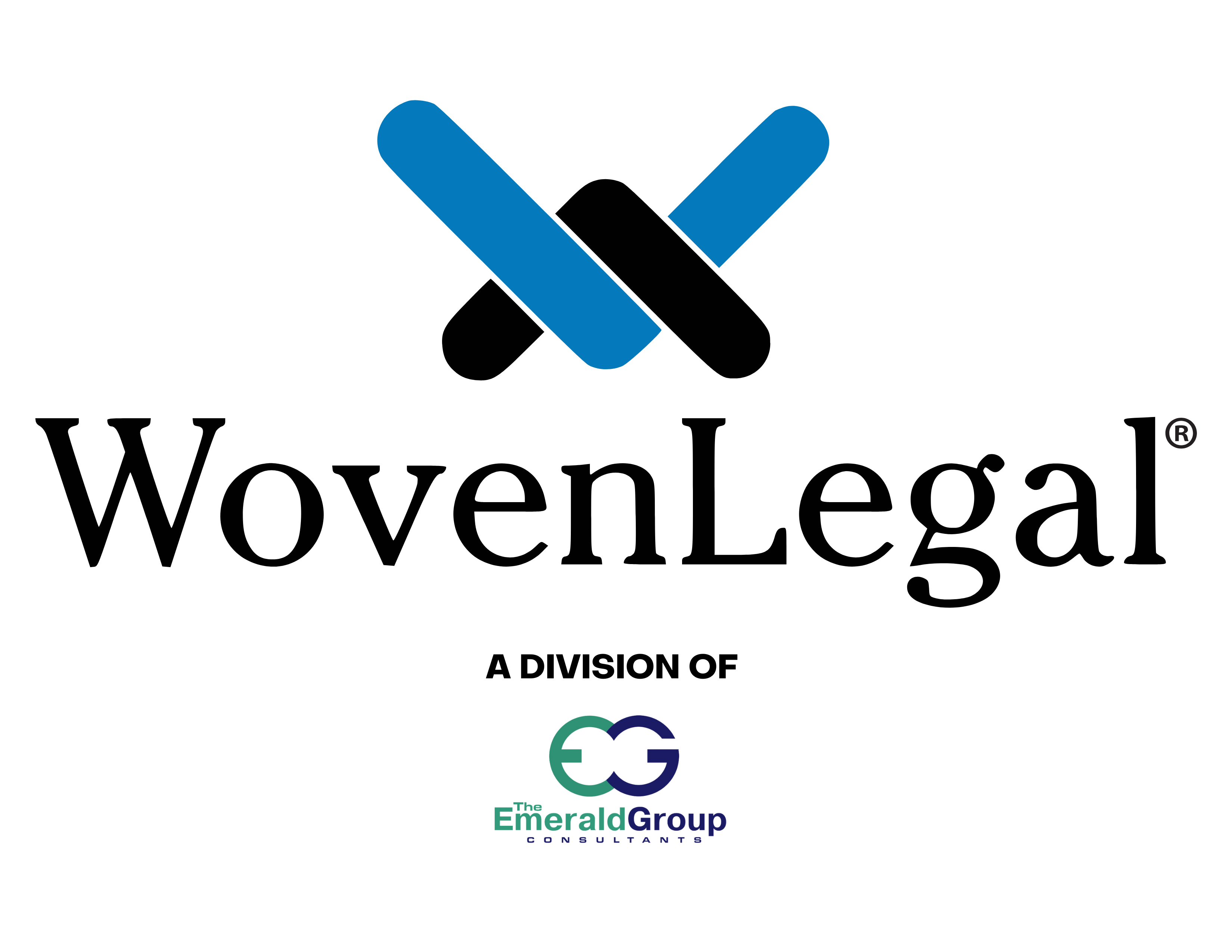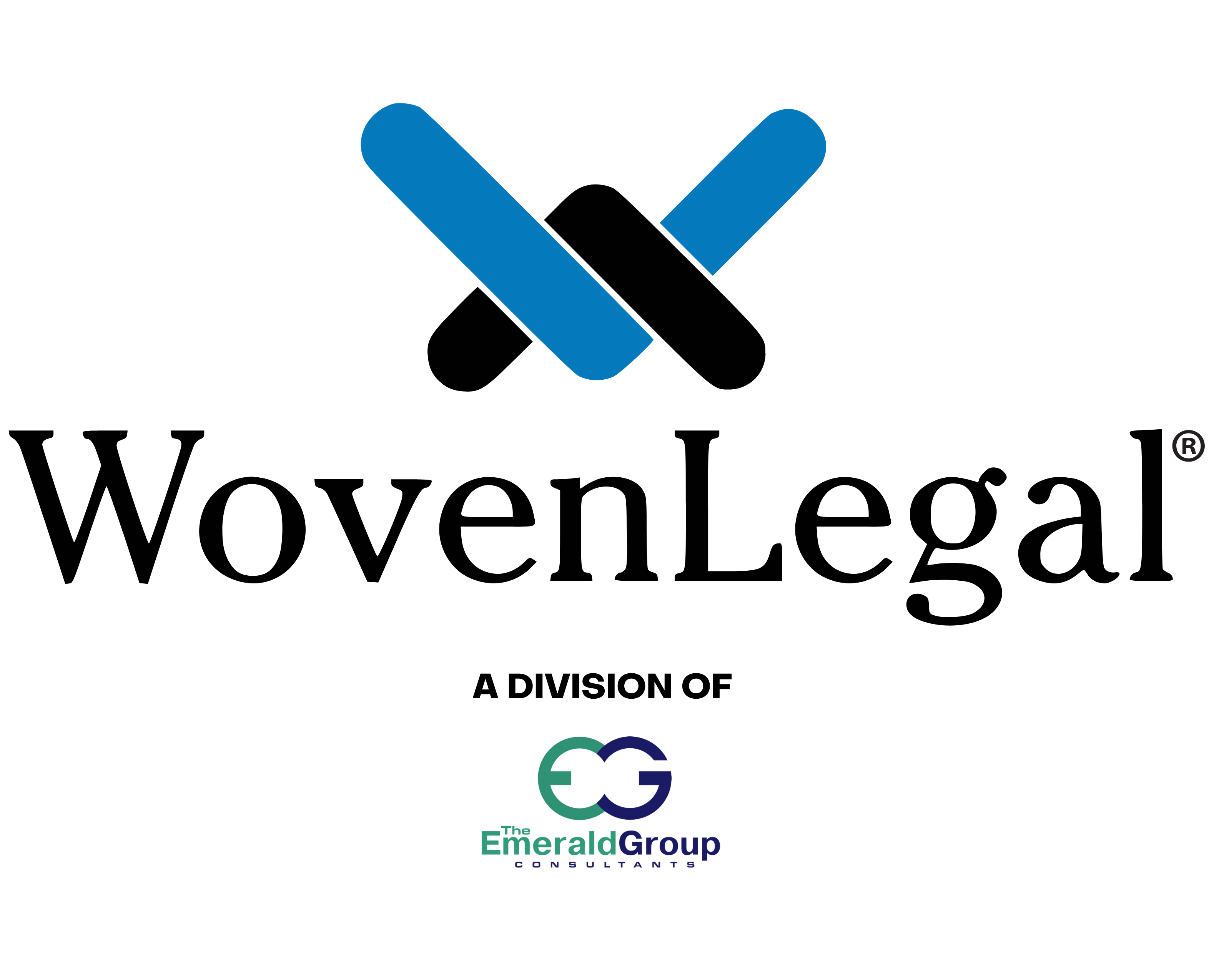As America wrestles with the Great Resignation, we’re sharing tips today on how law firms can attract top talent and create a culture where stellar employees want to stay. And, as covered in our earlier blog post, US Labor Shortage Explained & Its Impact on Law Firms, my conversation with a friend and long-time statistical analyst, Greta Creech, PhD., provided the springboard which spurred me to dig deeper. I polled clients, our recruiting team and read all that I could on the current hiring market. I came away with important insight for law firms looking to build teams comprised of top professionals invested in their leader’s vision. Here it is: adapt or die.
Okay, that may be a bit dark, but there’s no denying a constant theme exists among companies thriving amidst the intersection of millennials, workforce shortages, and The Great Resignation. The answer is to change the way YOU think. Have you ever heard the phrase, “If I am not the problem, there is no solution”? It means you can only drive the car you’re in. You, the Managing Partner of your law firm, must change the way you think about your firm, its culture, and why people choose to work there. It’s time to stop thinking as just a boss focused on performance metrics. We challenge you to start thinking like a leader. People follow leaders. Leaders lead PEOPLE. The very best leaders remain connected to their people. And, to quote the wise entrepreneur (my dad), Joe Alvey, who said, “Megger, if you don’t like people, you should probably be a veterinarian.”
Historic Perspective
In the previous blog post mentioned above, we covered where America was before COVID-19. The 2020 Pandemic came on the scene during a unique set of circumstances taking shape in the United States, and few could have predicted the impact it would have on our nation’s workforce. We already were seeing population declines, going back a decade. Currently, our growth rate is increasing, but at a much slower pace than it was before the end of the last century. In fact, our population growth rate since 2000 is half of what it had been. Historically, our current population growth rate is almost exactly what it was (within 1/10 of a percent) in 1940 – after eight years of enduring the Great Depression and the year before we entered World War II. That gives you some perspective that the working population was already declining before COVID even hit us. And, while our country’s number of inhabitants is almost a match from 1940 to today, America’s up-and-coming workforce is driven to achieve things of a very different nature.
Let’s look at some comparisons. Individuals who endured the Great Depression and World War II influenced the behavior of at least three generations. The Depression affected every family, every person, young and old. Then came the rationing of World War II. People grew their own vegetables. Rabbits and squirrels feared for their lives. SPAM was born.
Surely you have heard stories from parents and grandparents who refused to throw away wrapping paper and bows long after gifts had been opened – which gave proof of such hardships’ lasting effects. My mother, born in 1929, infamously wrapped up bits of my kids’ uneaten bananas to save in the fridge, “just in case they want it later,” and her mother drank “Farmer’s tea,” which was hot water with a splash of milk.
After the war, the United States emerged as an economic juggernaut. People could attain secondary education. Jobs were plentiful. Yet, casting a shadow over this prosperity was the memory of the hardship of the Great Depression and a world war. The importance of funding savings accounts and planning for long-term security was practiced and taught to baby boomers and their children because families had endured real deprivation. This explains why many people stayed at one organization performing work they may not have enjoyed for long periods of time. Steady pay with benefits was more valued than the idea of seeking another job that could have a worse boss or environment than their current organization. America celebrated security.
But there is a new generation with new values, skill sets, and technology that influences their reality differently. Leaders of law firms, and all businesses that want to remain relevant, are thinking and empathizing with this diverse workforce whose age spans five decades. Yes, there are structural challenges; however, implementing humanity in an organization allows companies to ride out structural challenges.
The most important message for anyone leading a law firm who has a revolving door of personnel and you want it to stop, you have to accept that you may well be the problem – or at least your thinking probably is. And your thinking needs to adapt.
Adaptive Thinking
As applied in the workplace, many people know that adaptive thinking is the skill to consider various possible actions and choose the correct one quickly. However, I wasn’t one of them. I had never heard of this concept before Greta Creech mentioned Ron Heifetz, author of The Practice of Adaptive Leadership: Tools and Tactics for Changing Your Organization (Harvard University Press, 2009), a Harvard leadership theorist. The author describes organizations who, Greta explained, “tried to apply a technical solution to a problem that is fundamentally adaptive.” She went on to share, “Many times when organizations are having problems, they try to address those problems with new technology, for example, or may bring in new people – like a new general manager – when, in reality, the solution is in the psychology and the organizational mindset of the company. And so they may dance around the edges of the real problem and (decide to) restructure, for example. They do all these things that really are just moving pieces around the board. In reality, the leaders need to start by changing the way they think.”
From hiring to leading and building strong teams of longevity, the key is to approach the problem with a position of humility and “open hands.”
Changing Your Thinking
Here’s a truth: In every relationship, the individual who cares the LEAST has the power. Security, the main tether that kept people in long-term jobs that they did not enjoy, was upended by the pandemic. Fear of losing their jobs played out. Many did lose their jobs, and they survived…and they weren’t quiet about it. LinkedIn, Instagram, and Facebook influencers posted their dismay at joining the unemployed. But, their battalion of Followers empathized, encouraged, and cheered them on as they shed the confines of traditional employment and embraced side gigs which, while maybe not catapulting them to an existence of opulence, served to demonstrate how to continue living life and being happy sans traditional job. With every post, every like, and every hashtag on thriving and #livingtheirbestlife, despite COVID unemployment, America’s influencers led many like-minded individuals out of the trenches and onto imagining something better. This power shift changed the relationship dynamics between employer and employee and tipped the scales in favor of the employees willing to hang their hat on a traditional role. Filling seats at your firm requires law firm leaders to get inside the heads of their ideal employees – or current best employees to answer the question, “What’s in it for them?”
Golden Data Points
Interview Candidates on Why They Chose Another Firm
Leaders seek intelligence. They research and plan but also gain intelligence through listening. Leaders can attain insight when speaking with recent top candidates who declined your offer to accept an offer elsewhere. Ask them why they chose the other firm. Be professional, friendly, and supportive of their decision. After all, they are giving you their time. The individual likely is expecting a cross-examination. Diffuse that immediately. Make it clear that you want the best for them. Be prepared for the polite, “The money was a bit better” answer or “Another company permits a hybrid approach which allows some remote working.” But, ask open-ended questions to garner any information which may help you in securing future superstars.
Law Firm Team Meeting
If you have a team greater than two people in your firm, then you almost certainly have critical insight on why you struggle to hire or retain quality staff. So, meeting with your law firm staff to arrive at ideas on adaptive thinking should be one of the steps to change your thinking and culture. Keep in mind that meeting with staff is like swabbing the nose of a COVID patient. You will walk away with a culture swab, but unless you follow a process for testing and treatment, the illness will linger with varying degrees of symptoms – and in some cases, will result in death. Oh, and also, like COVID, there will almost certainly be attorneys who deny the existence of any dysfunction.
Nonetheless, to best tap into your staff’s wealth of knowledge, commit to connecting with your employees. If you have the cash flow to do it, consider booking a trip for your folks. Shut the place down for about three days and take your people to a hotel, ideally an expensive one, and have a team-building retreat. Simply say to them, “We’re going to remake this firm into the kind of place where we have to turn people away who want to work here.” Let your people tell you how to do that. What would make this firm even more competitive for the best talent out there? What are we missing?
Leaders do not simply lead from the front; they seek and appreciate information from those supporting them, their goal, and their vision.
Consider the leaders YOU followed and were loyal to. Undoubtedly, your greatest efforts and loyalties were awarded to those who demonstrated concern for your success and well being. How do you do that in your firm? And lip service won’t cut it. We’ve likely all worked for THAT manager: BIG on asking about our lives only to demonstrate they only cared about themselves. Fortunately, listening to others and understanding who they are almost always leads to caring.
When was the last time you took your team out for lunch, paid a compliment to an exceptionally hard-working staff member in front of the whole team, or while in front of a client? Have you recently bought and delivered to your paralegal’s desk (or mailed to their home) their favorite candy? The little things, connecting with employees, showing appreciation in a way meaningful to the recipient, can never be discounted. It takes a long time to build a firm’s culture, but culture is more than not being mean to people. You need to be in touch with those in your firm. How often do you sit down and chat with the lowest level person in your organization? When you interact positively with the person on the lowest level in your organization, it communicates that you value their contribution, and everyone in your organization notices it. Show that everyone is valued. When someone in a leadership position shows that they value those who follow them, the dividends create a coveted firm culture.
And, regarding feedback, gird yourself from having contempt before investigation. Take in all the information you receive as simply data points to be reviewed later, forming no judgments while conversing with these professionals.
Then, upon reviewing all the data points, do you see any trends? This exercise is best done with another professional you respect because frequently, leaders may be too close to the problem and need the help of another to see causation and the bigger picture.
Keep Your Team Informed.
People want to be heard. As I said, they want to feel valued. And then after that, you need to come back to them and say, okay, I’ve heard this. I thought about that, and here is what I want to do. Here is what I’m not going to be able to do today, but I value your thoughts.
The Price of Ignoring Adaptive Thinking
If you continue to struggle with employee retention – yet hold fast to the ideals of the post-Depression, baby-boomer workforce, you ignore the reality that it is a supplier’s market. Millennials and other non-Boomer professionals may increasingly decline the opportunity for a seat on your bus. Ultimately, those in this camp may continue to eke out a living, working late hours – caught in a perpetual cycle of completing a mountain of tasks they hope to delegate to the new paralegal once hired and trained, dreaming of days filled with leisure.




Comments are closed